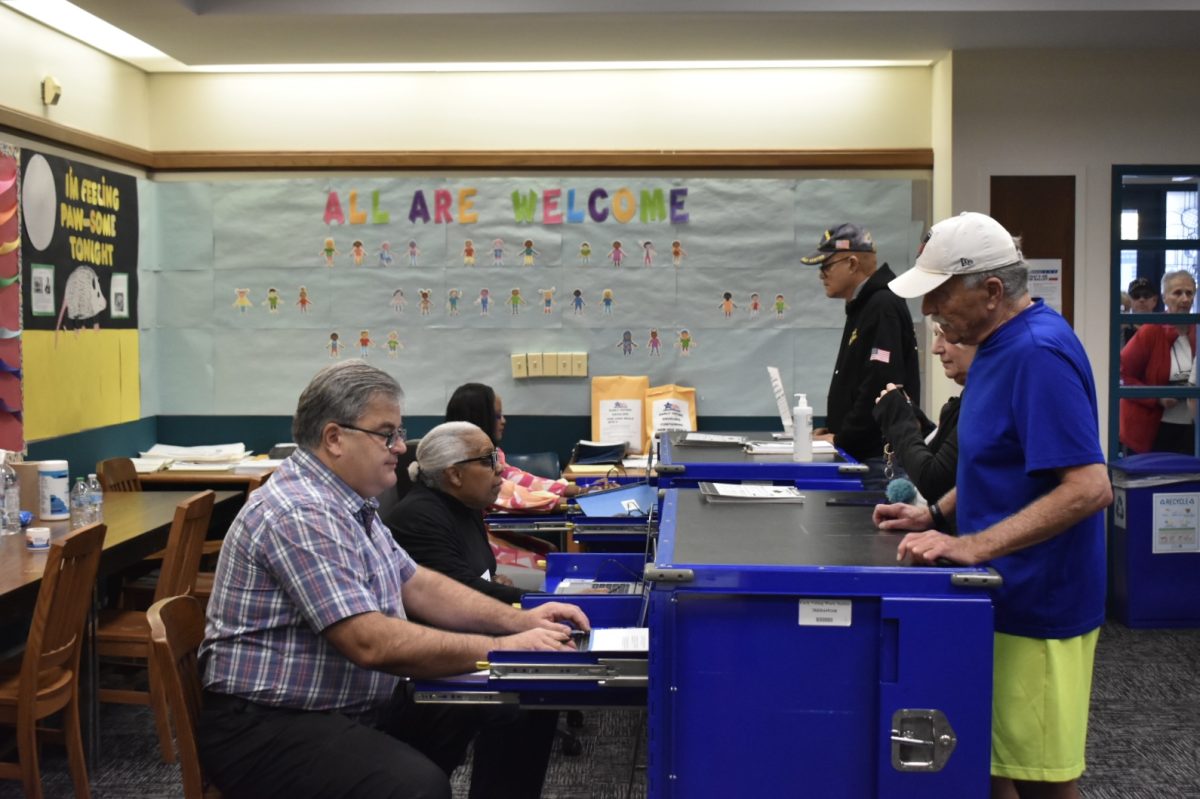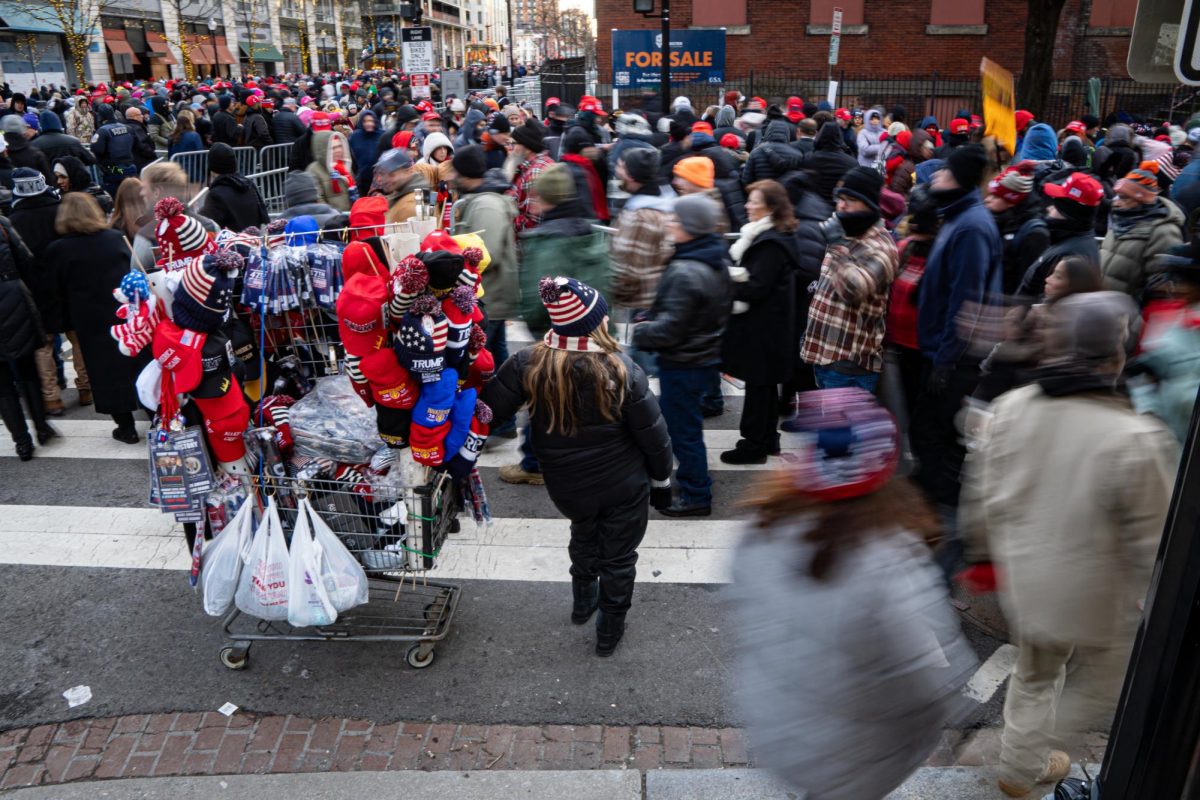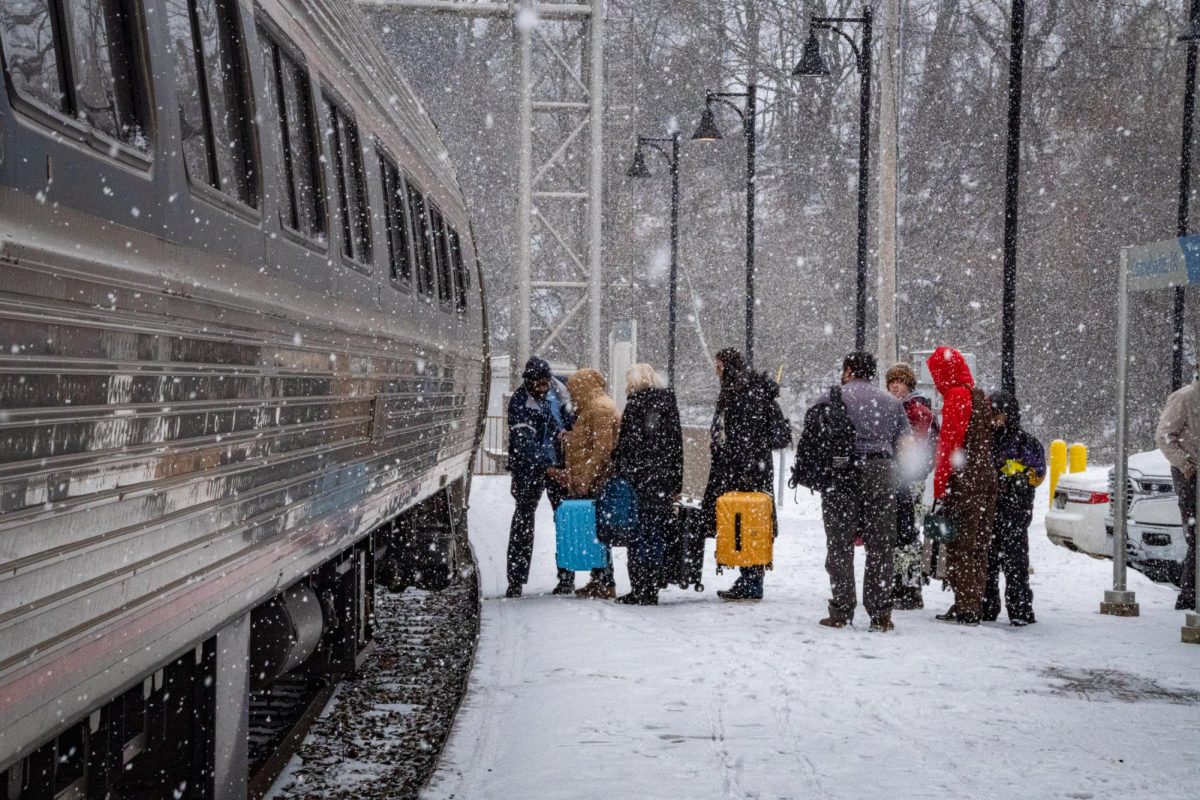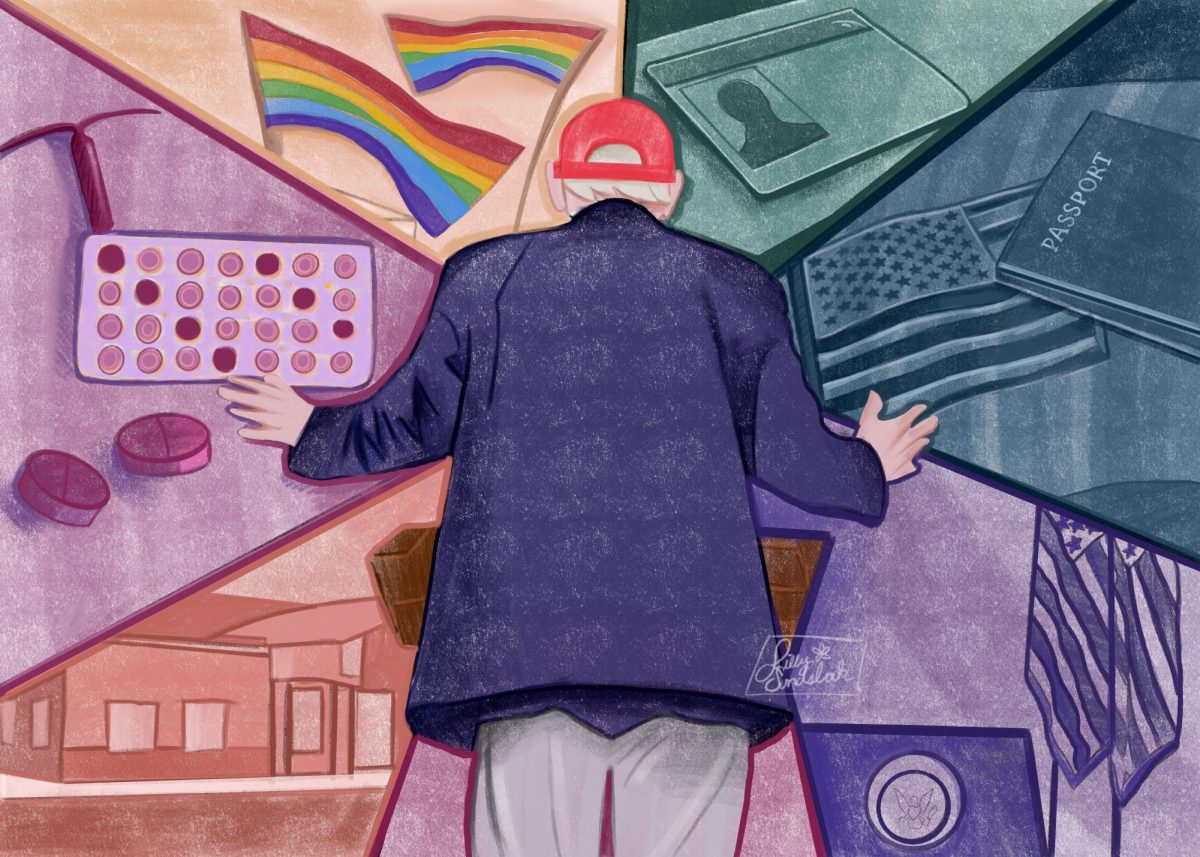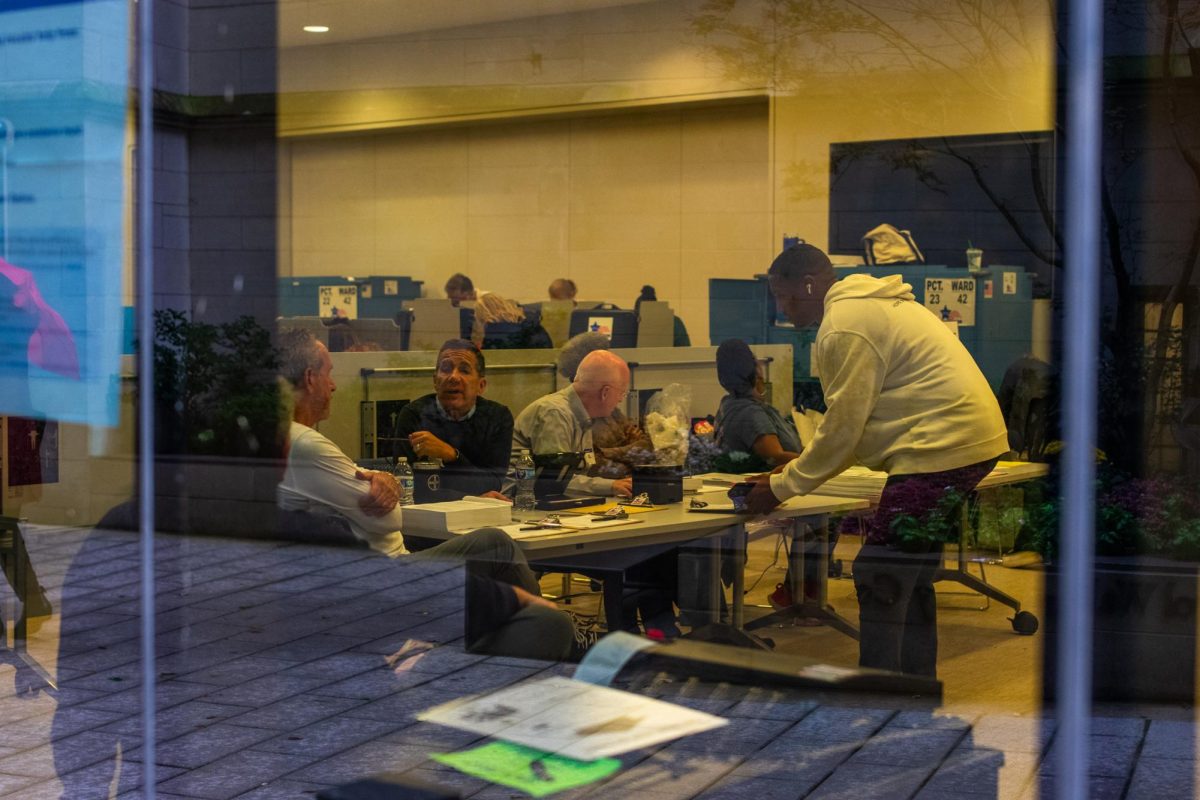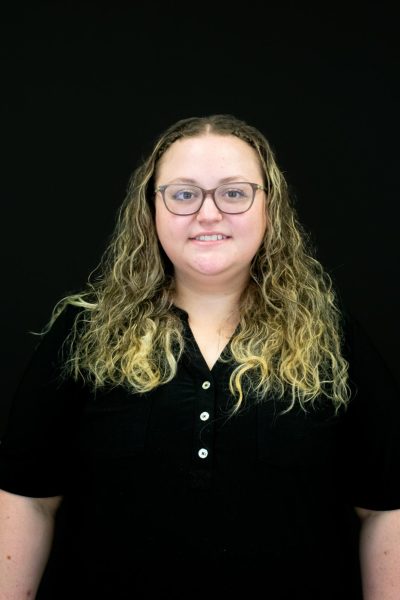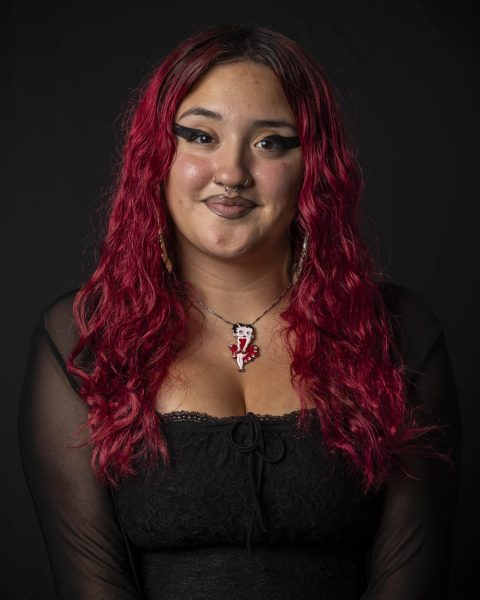On Nov. 5, Chicago voters will elect the first 10 members of the city’s school board in a historic election that takes full control over the nation’s third-largest school system away from the mayor.
After the election, the board will shift from seven appointed members to 21 members. For a two-year period beginning in January 2025, 10 members will be elected and 11 will continue to be appointed by the mayor. In 2027, all 21 members will be elected.
Candidates running for the first 10 district seats are campaigning on a range of topics from selective enrollment to special education reform and the budget. District 8 and District 6 cover the South Loop where Columbia’s campus is located.
Parents, grandparents and neighbors attended neighborhood forums held all fall which were sponsored by community groups to introduce the candidates ahead of the election.
At a District 2 forum at Northside College Prep in October parent Allison Halvorsen from the North Park neighborhood said parents need better access to the process of change in the Chicago Public Schools system.
The significance of the elections is “the access for parents, and I think also being able to have parents that have been on the ground and who have lived that,” said Halvorsen, whose children attend their neighborhood school.
Just a month before the election, the entire sitting school board selected by Mayor Brandon Johnson resigned due mostly to disagreements over budgeting and the fate of the district’s CEO Pedro Martinez. Johnson named six new members on Oct. 7.
One of the biggest issues for many parents and voters is the selective enrollment system that CPS uses for high school. There are 11 selective enrollment high school programs designed to provide academically advanced students with a challenging pre-college experience. Applicants can apply to up to six of these programs, but seats are limited and admission is highly competitive.
Many parents have said that with all the inequities in the CPS system, selective enrollment does not always come with many choices.
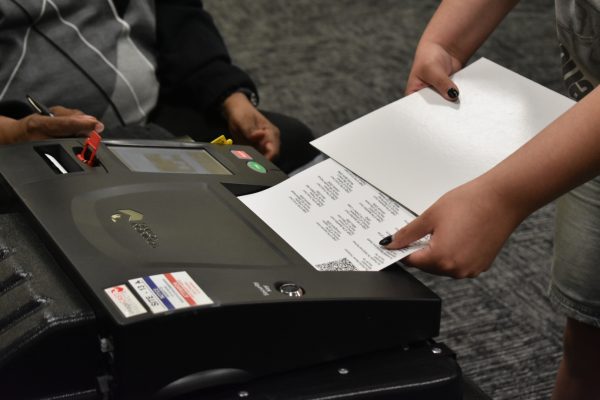
In District 4, which includes Lincoln Park, Lake View, North Center and most of Uptown, grandparent Sue Gamm, a previous consultant for urban districts as well as the head of special education in Chicago, is a proponent of selective enrollment.
“I think for me, it really is how do you balance out selective enrollment schools and neighborhood schools? If there was a neighborhood school that I think would have served the needs of my son, I would have sent him there,” said District 2 parent Jennifer Gillan, who lives in the North Park neighborhood.
Gamm’s main concern is the size of both the CPS district as a whole as well as the overall board; explaining that in her line of work, she typically saw more dysfunction with larger school boards.
“The thought that there [are] 21 members, they’re just larger than any other school district anywhere. I believe it is going to lead to dysfunction, and it’s scary,” said Gamm.
But District 2 candidate Maggie Cullerton Hooper, who would represent Lincoln Square, Ravenswood, Peterson Park, Budlong Woods and Andersonville, along with the Far North Side communities of Edgewater, Rogers Park and West Ridge, said the newly elected board will give parents a chance to be heard. That’s the reason she is running to represent the North Side district, which covers 37 schools.
“As a parent who has been trying to get meetings with legislators, trying to explain certain things, our voice is never at the table…this is not just about our own individual kids, and I think that it does bring things to the public discourse, which is really important. It gives [the] student voice an opportunity to be heard,” said Cullerton Hooper.
Another issue for voters is the school system’s budget and financial issues. The appointed school board passed a $9.9 billion budget in late July. By law, the district is required to pass a balanced budget, so CPS cut about $500 million in non-classroom costs for this year. It also didn’t include the $175 million needed for non-teacher pensions or money for a new contract with the Chicago Teachers Union.
CPS had faced a $500 million deficit for this school year because federal pandemic relief funding ran out. It is projected to face similar gaps to cover its expenses in the coming years.
District 2 neighbor Warren Silver’s priority issue was how CPS should spend its budget within the schools to improve education.
“The most important thing to me is that the public schools are adequately funded so that they can deliver [a] strong education to everybody,” said Silver.
Cullerton Hooper said she has no faith in CPS leadership.
“In my opinion, there have been people with very little direct experience of CPS, making really big decisions about CPS,” Cullerton Hooper said.
District 4 candidate Karen Zaccor, who worked with Northside Action for Justice toward an elected school board, explained that the movement for an elected school board has been happening since before 2010.
“This is really a fight that came from the community, a whole lot of primarily parent-led community organizations around the city started working on it, and in the beginning, I don’t think it was even 2010 yet, we went around right with petitions and talked to parents,” said Zaccor.
Gillan, the District 2 parent from the North Park neighborhood, explained her stance on electing the school board as “why not?”
“We elect so much…and I think it ends up being so divisive, because then people are like, well, if I don’t like the mayor, then I don’t like the school. So maybe, if they’re elected, you can’t say that necessarily,” said Gillan.
Voters interested in more information on the newly created school board districts and candidates running for the 10 seats can learn more through Chalkbeat’s election guide.
Copy edited by Doreen Abril Albuerne-Rodriguez
Spanish Digest:
El 5 de noviembre, los votantes de Chicago elegirán a los primeros 10 miembros de la junta escolar de la ciudad, transicionando el control del tercer sistema escolar más grande del país del alcalde.
La junta aumentará de siete a 21 miembros, con 10 elegidos y 11 designados por dos años antes de que todos los miembros sean elegidos en 2027. Los candidatos se están enfocando en temas como la inscripción selectiva, la reforma de la educación especial y el presupuesto.
Los foros comunitarios han facilitado las discusiones sobre estos temas, enfatizando la necesidad de la participación de los padres en los procesos de toma de decisiones.
Un punto importante de controversia es el sistema de inscripción selectiva, que algunos padres sienten que limita las opciones y exacerba las desigualdades.
También se han planteado preocupaciones sobre el tamaño de la junta y su posible disfunción.
Los candidatos expresan su deseo de una mayor representación y responsabilidad de los padres, especialmente en lo que respecta a la gestión del presupuesto.
Las próximas elecciones significan una transición hacia una mayor participación de la comunidad en la gobernanza escolar, influenciada por los esfuerzos de base que apoyan a una junta escolar electa.
Spanish digest by Araceli Ramirez


